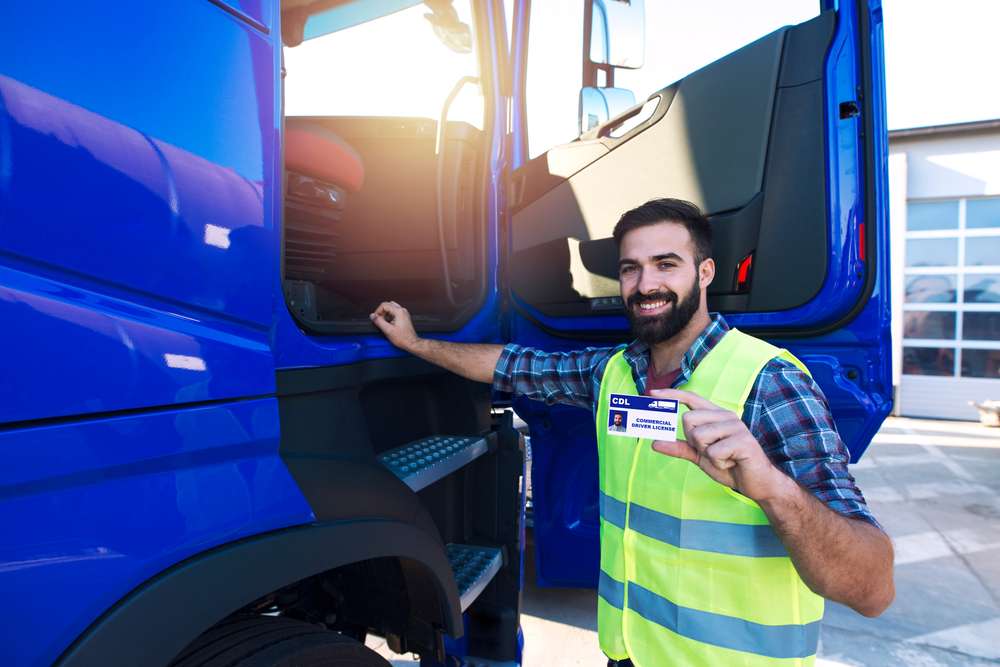Safety checklists for passenger transfers and vehicle readiness
Reliable passenger transfers depend on clear checklists that cover vehicles, schedules, and personal requirements. Whether coordinating airport connections, shuttle pickups, or local commutes, an organized approach reduces delays and safety risks. This short overview outlines practical items to verify before and during transfers to support predictable itineraries, smooth routing, and secure mobility for all passengers.

Airports and itinerary coordination
Coordinating transfers around airports and a travel itinerary begins with confirmed timing and accessible routing. Verify flight arrival and departure times, allow extra time for customs and security, and confirm terminal and gate details before dispatch. Account for potential delays and layovers when planning pickups so drivers can adjust routing and timing. Keep a clear record of passenger contact details and transport references to reconcile any mismatches between expected and actual arrivals.
Shuttle and commute vehicle checks
Shuttle and commute operations should use a standardized checklist before each trip. Inspect lights, brakes, tires, and seat restraints; ensure emergency exits function and that signage for capacity and route is visible. Confirm that heating, ventilation, and accessibility features like ramps or securement points for mobility aids are operational. For recurring shuttle runs, maintain a log of inspections and address any recurring issues with maintenance to protect passenger safety and schedule reliability.
Routing, logistics, and scheduling
Effective routing and logistics reduce idle time and the likelihood of missed pickups. Use up-to-date navigation data and factor in local traffic patterns, construction, and known bottlenecks. Schedule buffers for transfers and synchronize driver schedules with centralized dispatch to manage simultaneous pickups or last-minute routing changes. Share a concise itinerary with drivers and dispatchers so that deviations—such as rerouting around an incident—can be highlighted and communicated to passengers quickly.
Managing layovers, pickups, and transfers
Clear pickup procedures are essential during layovers and multi-leg transfers. Define precise meeting points, consider curbside pickup regulations at terminals, and provide passengers with a backup contact method. For tight layovers, prioritize the most direct routing and pre-clear any parking or staging area permissions at transit hubs. During transfers involving multiple passengers or group logistics, assign a lead staff member or use mobile coordination tools to track progress and confirm that all luggage and mobility aids are accounted for.
Luggage and mobility considerations
Luggage handling and mobility support require specific checks to prevent damage and ensure accessibility. Confirm weight and size limits for vehicles, secure loose items in designated cargo spaces, and label luggage for quick identification during pickups. For passengers using wheelchairs or mobility aids, verify securement equipment and staff training so that devices are handled safely. Keep basic repair supplies and straps on board and document any special handling requests in the itinerary to minimize confusion.
Vehicle readiness and driver protocols
Vehicle readiness goes beyond mechanical checks to include clear driver protocols and documentation. Ensure vehicles have up-to-date inspection records, insurance, and emergency kits, including first aid, flashlights, and reflective vests. Train drivers on pre-trip checklists, passenger assistance procedures, and how to handle incidents or medical emergencies while in transit. Maintain a system for reporting defects and schedule preventive maintenance to reduce the risk of breakdowns during critical transfers.
Conclusion
A consistent safety checklist for passenger transfers and vehicle readiness helps align operations across scheduling, routing, and logistics while protecting passenger well-being. Combining mechanical inspections, clear communication about itineraries and layovers, careful luggage and mobility handling, and well-documented driver protocols creates predictable, safer transfers. Regularly review and update checklists to reflect local regulations, terminal changes, and evolving mobility needs so that services remain reliable and responsive.





